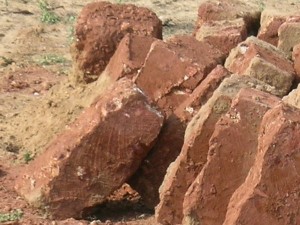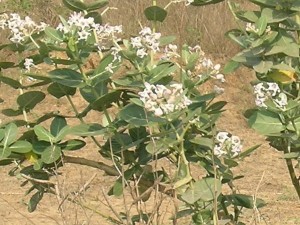It took a question by a friend on BREEAM that made me do a search on the subject. Was surprised to find there was another system that I hadn’t heard of called Estidama Pearls which has grown out of Abu Dhabi. What is unique about the Pearls rating system is that unlike BREEAM and LEED, it is integrated into the design process right from the early stages. Also, unlike the others which are voluntary, this one is going to become a mandatory part of the development codes – something that Sunita Narain wrote about in this article.
As you scroll down the page of the article, don’t miss the table giving credit weightage for different aspects of the design. Surprisingly, BREEAM and LEED are very close in that respect but Pearls seems to have beaten its own track. Now let us see if GRIHA ever becomes even partially mandatory.
Go to :: Comparing Estidama’s Pearls Rating System to LEED and BREEAM



